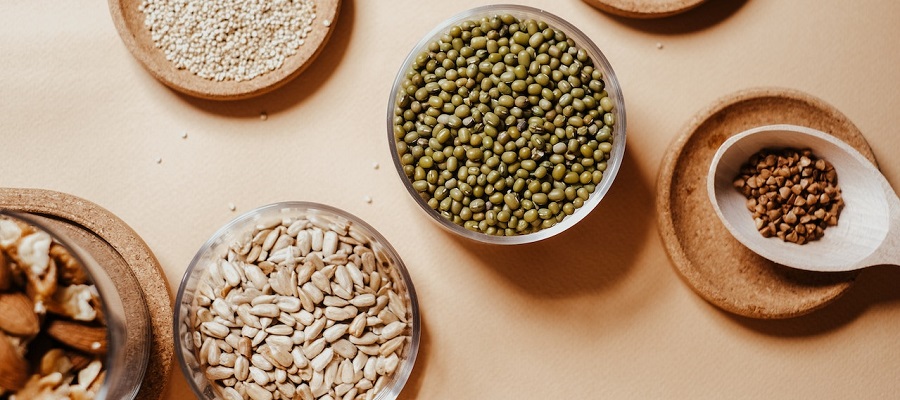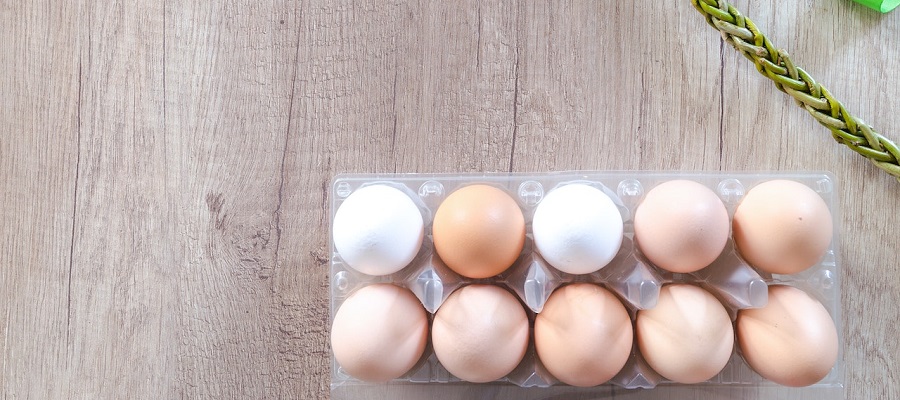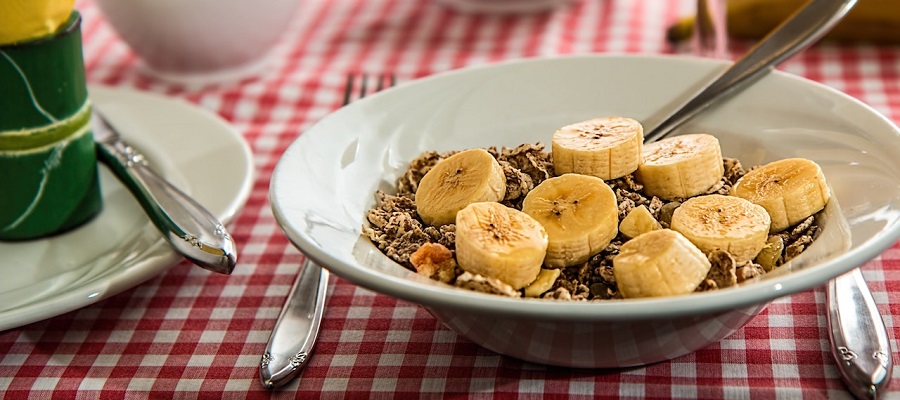Quinoa is a grain-like crop that is grown primarily for its edible seeds. It is considered a "pseudocereal" because it is not a grass, but it is used in much the same way as cereals and grains. Quinoa is native to the Andean region of South America, where it has been grown for thousands of years. It is a highly nutritious food, and is considered a "superfood" due to its high protein content, as well as its high levels of fiber, minerals, and antioxidants.
Quinoa is a complete protein, meaning that it contains all of the essential amino acids that the human body needs to function properly. It is also a good source of fiber, which helps to promote healthy digestion and can aid in weight loss. Additionally, quinoa is rich in minerals such as iron, zinc, and magnesium, which are essential for maintaining good health.
Quinoa can be cooked and eaten in a variety of ways. It can be boiled and served as a side dish, added to salads, or used as a replacement for rice or other grains in a variety of recipes. It can also be ground into flour and used to make bread, pasta, and other baked goods. Quinoa is gluten-free, which makes it a great option for people with celiac disease or gluten sensitivity.
In terms of the nutritional value, quinoa is a great option for those looking to boost their intake of protein and other essential nutrients. It's also a good alternative for those who are gluten intolerant. Quinoa is easy to cook and has a mild, nutty flavor, making it a versatile ingredient for many dishes. It is also a good alternative for those who are looking to reduce their consumption of gluten or other grains.
What are the nutritional benefits of quinoa?
Quinoa is a highly nutritious food that is rich in a variety of essential nutrients. Some of the key nutritional benefits of quinoa include:
-
High protein content: Quinoa is a complete protein, meaning that it contains all of the essential amino acids that the human body needs to function properly.
-
Good source of fiber: Quinoa is a good source of fiber, which helps to promote healthy digestion and can aid in weight loss.
-
Rich in minerals: Quinoa is rich in minerals such as iron, zinc, and magnesium, which are essential for maintaining good health.
-
Gluten-free: Quinoa is gluten-free, making it a great option for people with celiac disease or gluten sensitivity.
-
Low glycemic index: Quinoa has a low glycemic index, which means it is slowly digested and absorbed, helping to keep blood sugar levels steady, making it suitable for diabetics.
-
High in antioxidants: Quinoa is high in antioxidants, which can help to protect cells from damage by free radicals.
-
Good source of healthy fats: Quinoa is a good source of healthy fats, such as monounsaturated and polyunsaturated fats, which can help to lower cholesterol levels and reduce the risk of heart disease.
-
Rich in phytochemicals: Quinoa is a good source of phytochemicals, which are plant compounds that may have health-promoting properties.
-
Provides essential vitamins and minerals : Quinoa is a good source of essential vitamins and minerals, such as vitamin E, B-vitamins, and potassium.
-
Quinoa is also low in fat, and relatively low in calories, making it a great option for those looking to maintain a healthy weight.
How many calories are in quinoa?
One cup of cooked quinoa (185 grams) contains around 222 calories.
It's worth noting that the calorie content of quinoa can vary depending on how it is prepared and what it is paired with. For example, if quinoa is cooked in oil or butter, the calorie content will be higher than if it is cooked in water or broth. Additionally, if quinoa is paired with high-calorie ingredients, such as cheese or cream, the overall calorie content will also be higher.
Keep in mind that quinoa is a nutrient-dense food, which means that it provides a relatively high amount of nutrients compared to its calorie content. So, it can be a great option for those looking to increase their nutrient intake without consuming a lot of calories.
Also, it's important to note that the calorie content of quinoa is relative to one's daily caloric needs, which vary depending on factors such as age, gender, weight, and level of physical activity. It's important to consult with a healthcare professional or a nutritionist to know how many calories you should consume per day.
What are the benefits of quinoa for weight loss?
Quinoa can be a beneficial food for weight loss for a few reasons:
-
High in protein: Quinoa is high in protein which is known to be more satiating than carbohydrates and fats. Eating protein-rich foods can help to reduce hunger and cravings, which can make it easier to stick to a calorie-controlled diet.
-
Good source of fiber: Quinoa is a good source of fiber which helps to promote feelings of fullness and can aid in weight loss by reducing overall calorie intake.
-
Low glycemic index: Quinoa has a low glycemic index, which means it is slowly digested and absorbed, helping to keep blood sugar levels steady. This can prevent hunger pangs and cravings that may lead to overeating.
-
Low in calories: One cup of cooked quinoa (185 grams) contains around 222 calories, which is relatively low when compared to other grains. This makes it a great option for those looking to maintain a healthy weight.
-
Low in fat: Quinoa is low in fat and cholesterol-free, making it a heart-healthy option for those looking to lose weight.
-
Nutrient-dense: Quinoa is a nutrient-dense food, which means that it provides a relatively high amount of nutrients compared to its calorie content. This can help to keep you feeling full and satisfied without consuming a lot of calories.
It is important to remember that quinoa is not a magic food that will make you lose weight. Achieving and maintaining a healthy weight is a combination of eating a balanced diet, regular physical activity, and a healthy lifestyle. Quinoa can be a great addition to a weight loss diet, but it should be consumed as part of a balanced diet and in appropriate portions.
What are the best ways to cook quinoa?
There are several ways to cook quinoa, but some of the best methods include:
-
Boiling: This is the most common method for cooking quinoa. To cook quinoa by boiling, simply add the quinoa to a pot of boiling water or broth (1 cup of quinoa to 2 cups of liquid) and reduce the heat to a simmer. Cover the pot and cook for about 15-20 minutes, or until the quinoa is tender and the germ has separated from the seed.
-
Steaming: To cook quinoa by steaming, add the quinoa to a steamer basket or colander and place it over a pot of boiling water or broth. Cover the pot and steam the quinoa for about 15-20 minutes.
-
Microwave: To cook quinoa in the microwave, combine 1 cup of quinoa with 2 cups of water or broth in a microwave-safe dish, cover and microwave on high for about 15-18 minutes.
-
Rice cooker: Cooking quinoa in a rice cooker is an easy and convenient option. Simply add 1 cup of quinoa and 2 cups of water or broth to the rice cooker and turn it on. The quinoa should be cooked in about 20-25 minutes.
-
Baking: To cook quinoa by baking, preheat the oven to 350°F (175°C). Combine 1 cup of quinoa and 2 cups of water or broth in an oven-safe dish and cover with foil. Bake for about 20-25 minutes or until tender.
Regardless of which method you choose, it is important to rinse the quinoa before cooking to remove any saponins (a natural coating that can give a bitter taste) and to fluff the quinoa with a fork after cooking to separate the germ from the seed.
Cooking time may vary depending on the quantity and the type of quinoa you're using, always keep an eye on the quinoa, and check for doneness.
How does quinoa compare to other grains nutritionally?
Quinoa is considered a highly nutritious food and is often compared to other grains in terms of its nutritional value. Here are a few ways in which quinoa compares to other grains:
-
Protein content: Quinoa is a complete protein, meaning it contains all of the essential amino acids that the human body needs to function properly. This makes it a great source of protein for vegetarians and vegans. Other grains such as rice and wheat are not complete proteins.
-
Fiber content: Quinoa is a good source of fiber, which helps to promote healthy digestion and can aid in weight loss. Other grains such as oats, barley, and bulgur are also high in fiber.
-
Mineral content: Quinoa is rich in minerals such as iron, zinc, and magnesium, which are essential for maintaining good health. Other grains such as millet, amaranth, and teff are also high in minerals.
-
Gluten-free: Quinoa is gluten-free, making it a great option for people with celiac disease or gluten sensitivity. Other gluten-free grains include amaranth, millet, and wild rice.
-
Low glycemic index: Quinoa has a low glycemic index, which means it is slowly digested and absorbed, helping to keep blood sugar levels steady. Other low glycemic grains include barley, oats, and bulgur.
-
Nutritional value: Quinoa is considered a "superfood" due to its high protein, fiber, mineral, and antioxidant content. Other grains such as bulgur, barley, and oats are also highly nutritious.
It is worth noting that quinoa is unique in that it is not a true cereal grain, it is considered a "pseudocereal" because it is not a grass, but it is used in much the same way as cereals and grains.
In general, different grains have different nutritional values and can offer different health benefits, it's best to incorporate a variety of grains into your diet to ensure you're getting a wide range of nutrients.


